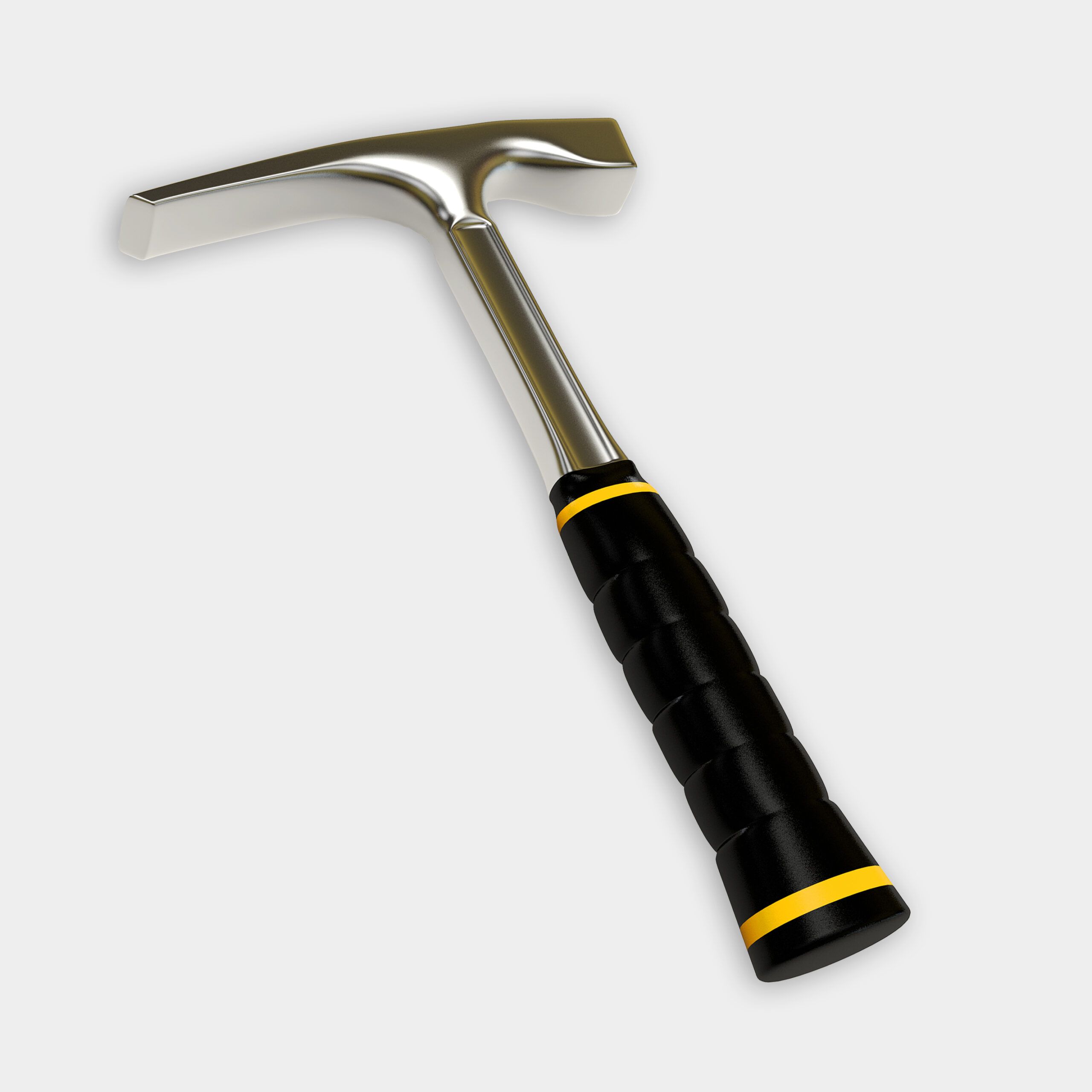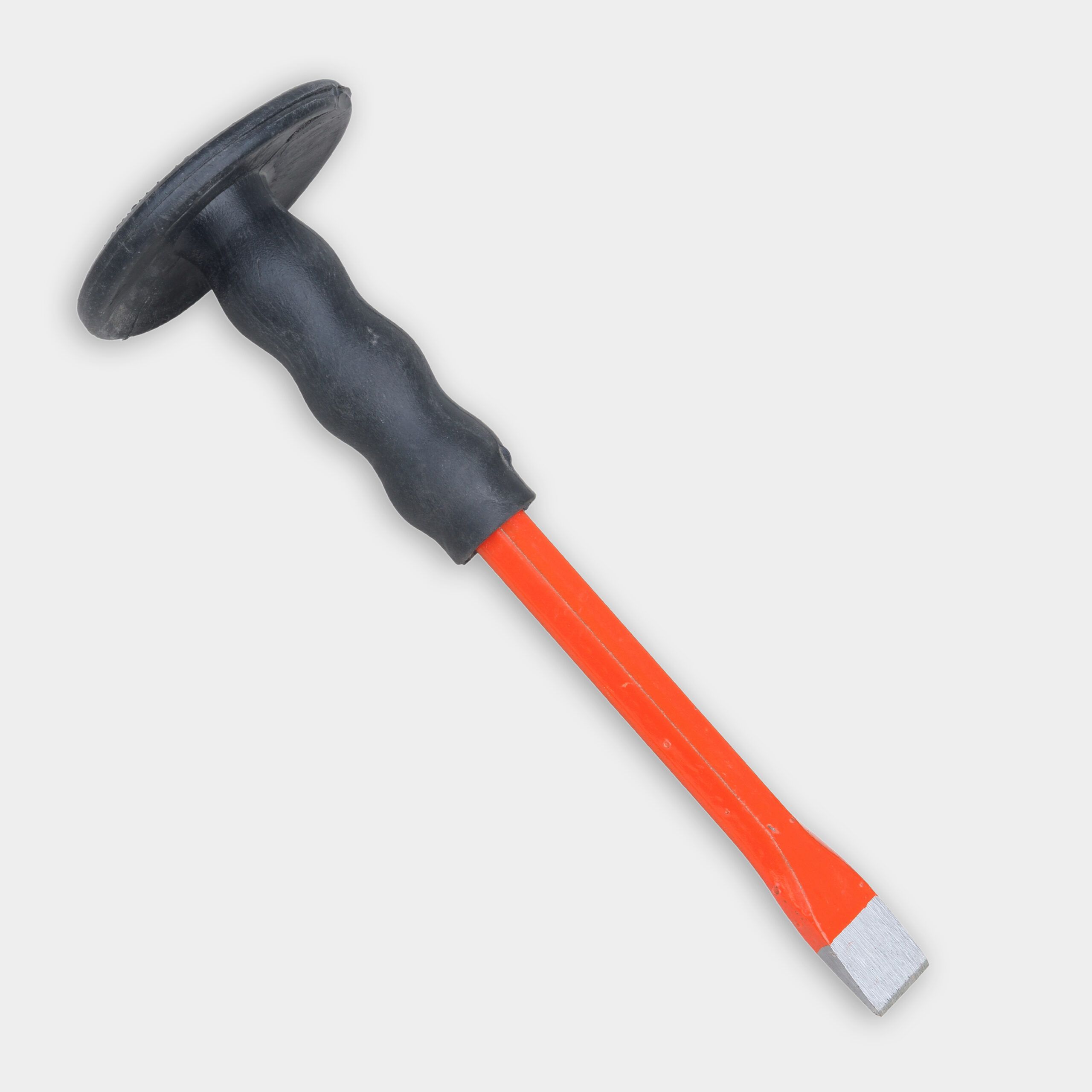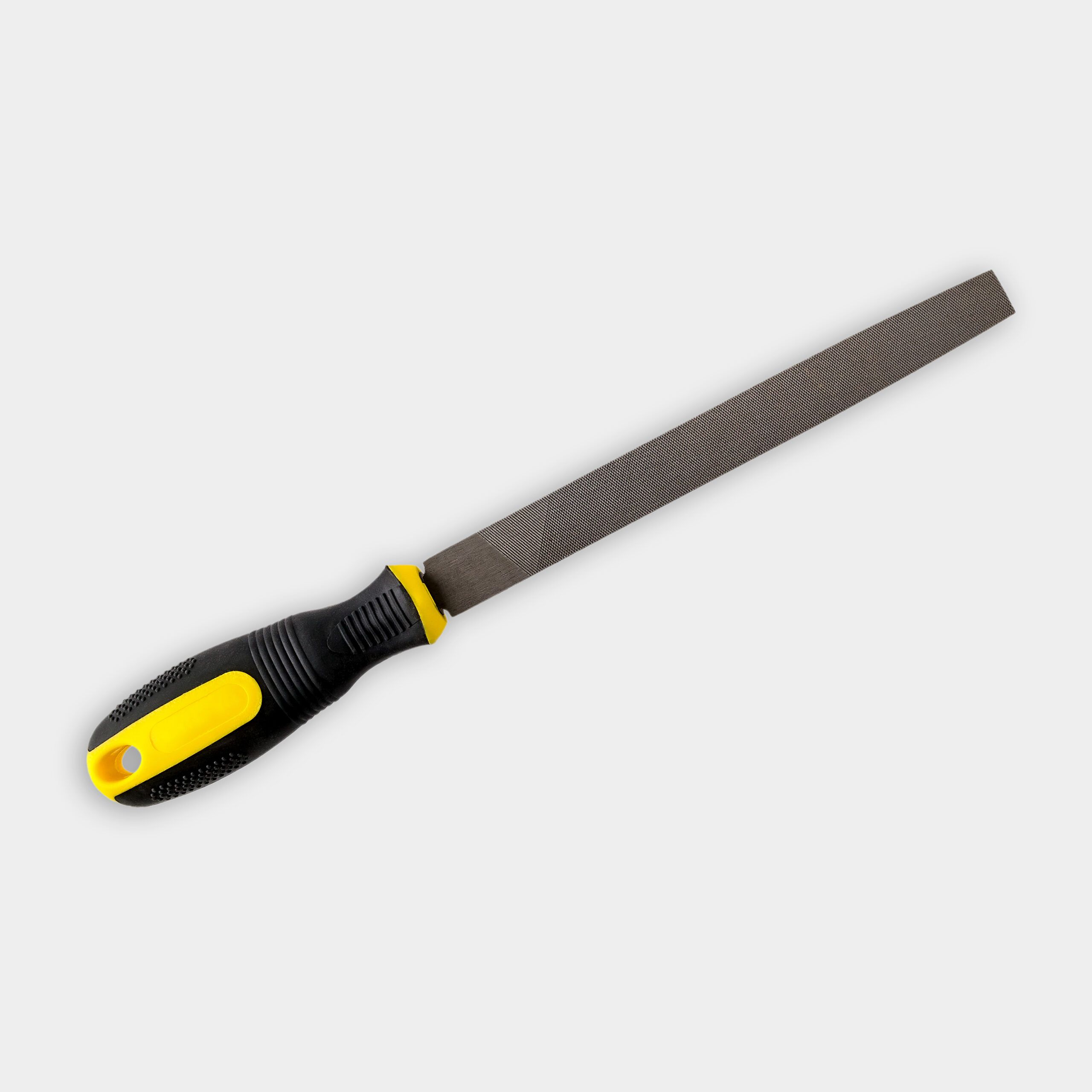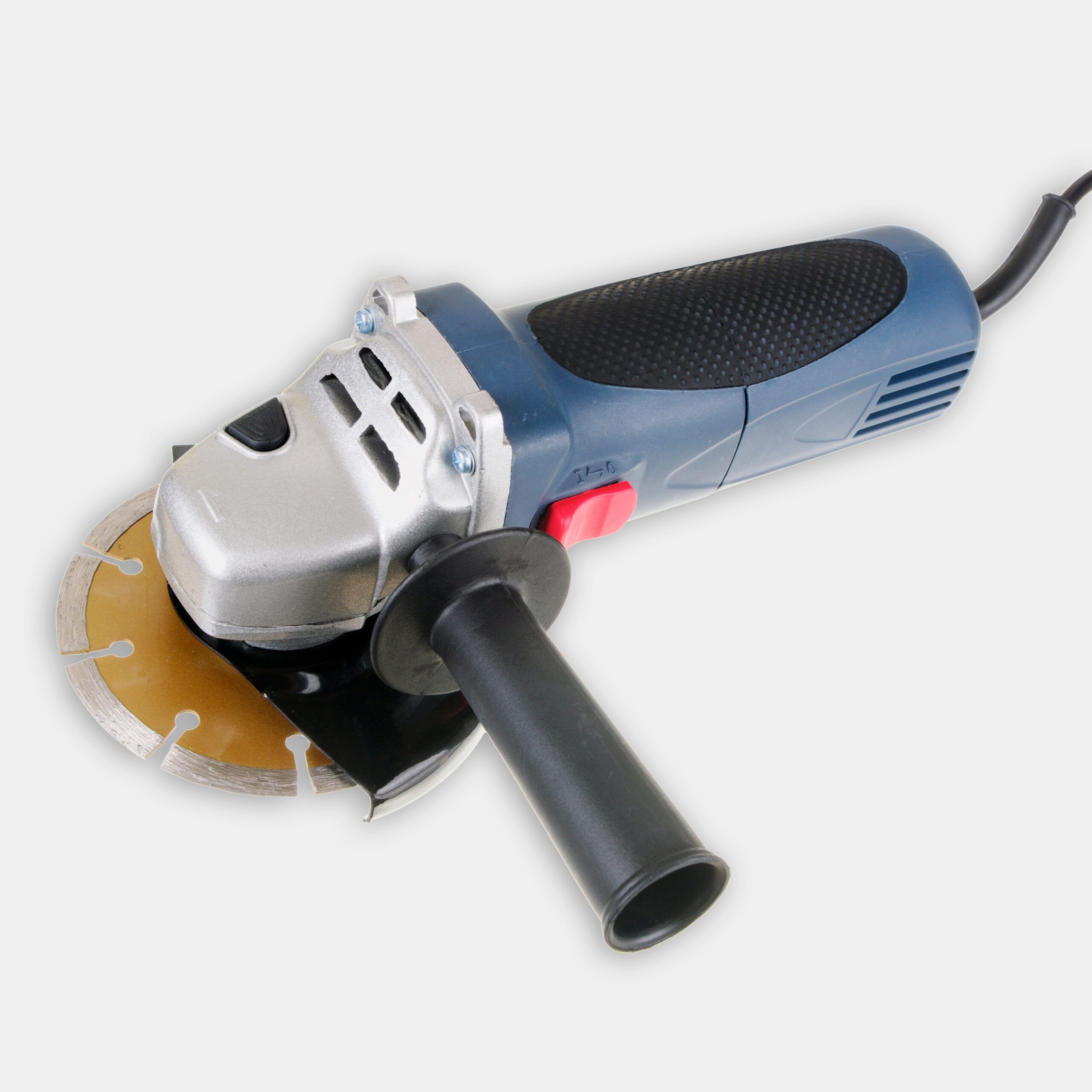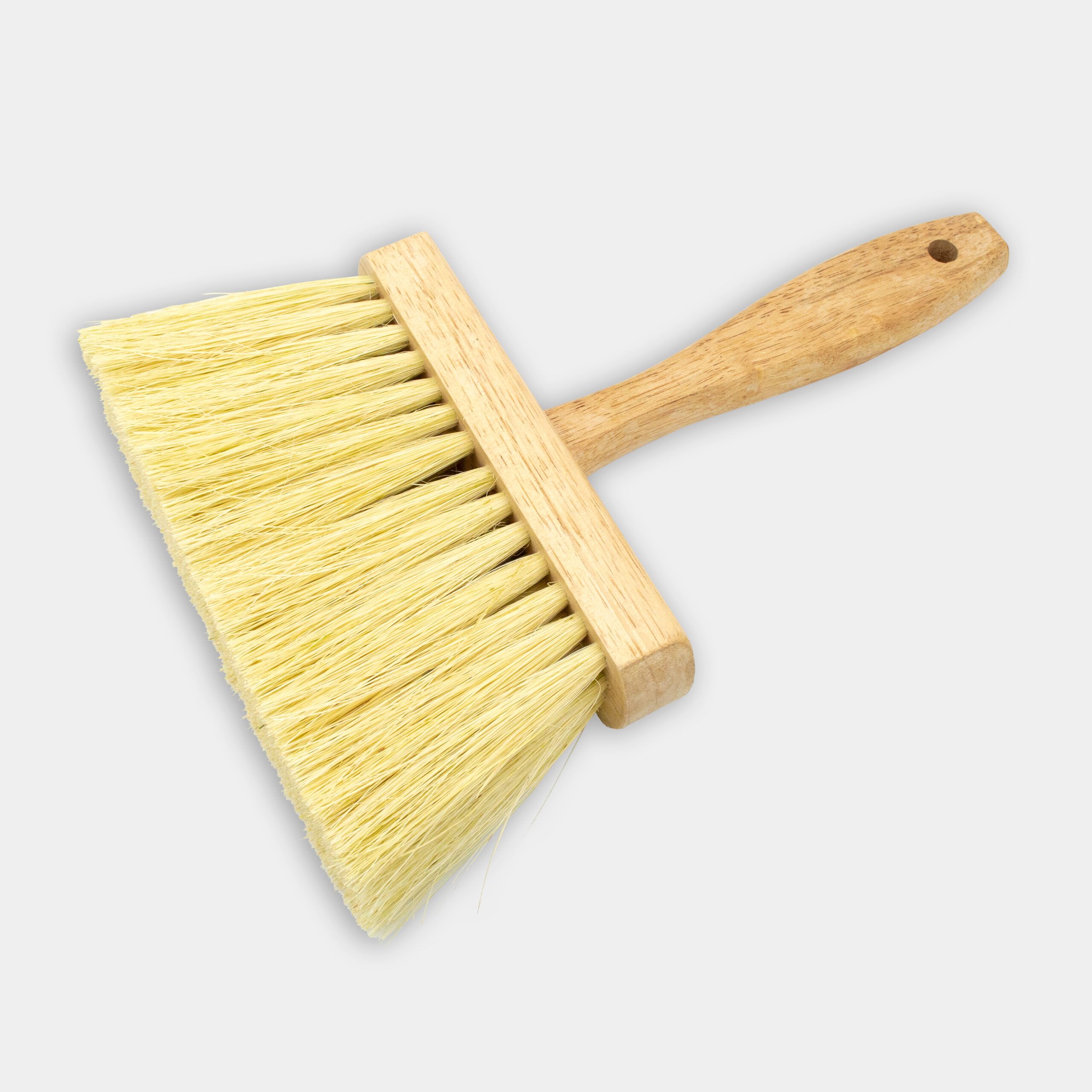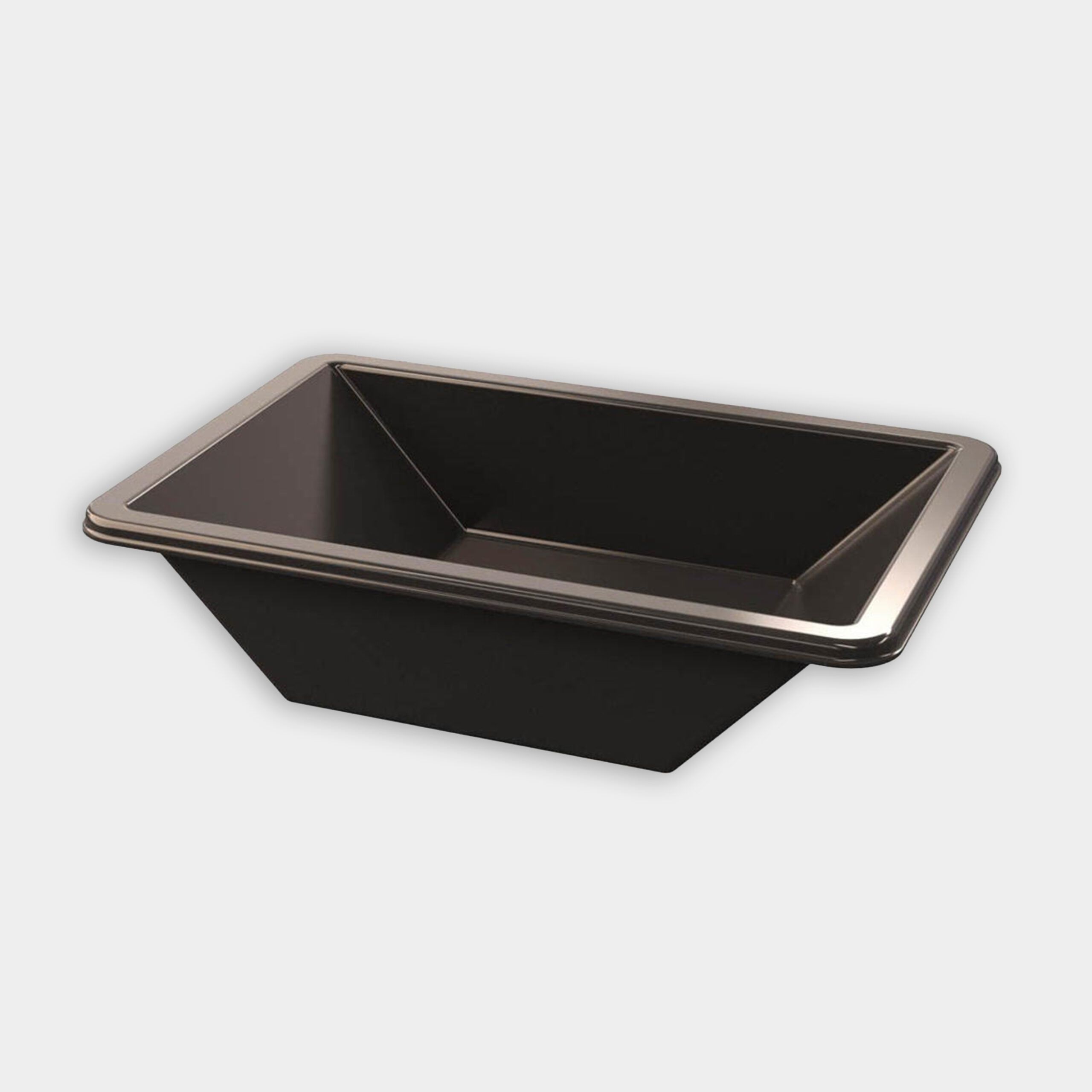We may be compensated if you purchase through links on our website. Our team is committed to delivering honest, objective, and independent reviews on home products and services.
Project details
Skill
Cost
Estimated Label
Brick lintels are structural elements that support the weight above windows and doors in brick buildings. Over time, these lintels can sag or deteriorate, compromising the integrity of the structure. In this guide, we’ll walk you through the process of repairing a brick lintel, using both traditional techniques and modern materials. In the above video, Mason Mark McCullough shows the repair process on a historic federal-style brick home built in 1833.
Preparing for the Brick Lintel Repair
Before beginning the repair process, take proper precautions and gather the necessary materials and tools. This way, the repair is both safe and effective.
Safety Measures
Create a safe working environment by taking the necessary precautions:
- Cover the window with plywood to protect the glass and frame
- Set up scaffolding or a sturdy ladder for safe access to the work area
- Wear appropriate personal protective equipment, including safety glasses, gloves, and a dust mask
Tools and Materials Needed
Gather all required tools and materials before starting:
- Angle grinder
- Butyl flashing
- Lip stretcher bricks
- Masonry files
- Mason’s hammer and chisel
- Mixing trough
- Pressure-treated 2×4 boards
- Restoration sand, lime, and Portland cement
- Steel angle iron
- Various masonry trowels
Step-by-Step Brick Lintel Repair Process
Follow these steps to repair your brick lintel effectively. The process requires attention to detail and careful execution to guarantee the lintel’s structural integrity.
1. Remove Damaged Bricks
Start by removing the damaged bricks above the lintel. Work from the top down, carefully chiseling away the mortar and using masonry files to cut through stubborn areas. Save and clean the removed bricks for reuse if possible.
2. Inspect and Repair the Framework
Once the bricks are removed, inspect the framework behind the second wythe of bricks. If the nailer is rotted or damaged, replace it with a new pressure-treated 2×4 board cut to size. Install butyl flashing against the nailer and window casing for waterproofing.
3. Rebuild the Second Wythe
Replace the second wythe of bricks, starting on top of the new or existing nailer. For the bottom course, only apply mortar to the heads of the bricks, not underneath. Use bed and head joints for courses above this. Cover this layer with a facing of mortar for added strength and waterproofing.
4. Install Flashing and Angle Iron
Apply another layer of butyl flashing above the repaired second wythe, pressing it into the joints and mortar. Install a piece of steel angle iron across the bricks to provide a strong, durable lintel support.
5. Mix the Mortar
Create a mortar mixture that matches the existing mortar using restoration sand, Portland cement, and lime. Adjust the proportions as necessary to achieve the correct color and consistency. This creates a seamless repair that integrates well with the existing structure.
6. Rebuild the Outer Wythe
Install the first layer of brick onto the lintel using lip stretcher bricks. Use only head joints for the first course to prevent corrosion and cracking. For subsequent courses, use both head and bed joints.
7. Finish and Clean
Dress the joints between the bricks with appropriate trowels to match the existing mortar profile. Brush the surface to remove excess dust and mortar, then use a damp sponge to blend the repair seamlessly with the surrounding brickwork.
Tips for a Successful Brick Lintel Repair
To make sure your brick lintel repair is successful and long-lasting, keep these tips in mind:
- Allow proper drying time between steps
- Avoid applying mortar directly to steel surfaces to prevent cracking
- Match the existing mortar color and texture as closely as possible
- Think about the historical significance of the building when making repairs
- Use galvanized steel angle iron for added durability
Common Repair Mistakes to Avoid
When repairing a brick lintel, be aware of these common pitfalls:
- Failing to properly waterproof the repaired area
- Neglecting to reinforce the lintel with steel support
- Overlooking the importance of matching the existing brickwork pattern and mortar color
- Rushing the repair process and not allowing adequate drying time
- Using the wrong type of mortar, which can lead to incompatibility issues
Maintaining Your Repaired Brick Lintel
After completing the repair, proper maintenance is key to providing its longevity:
- Address any new issues promptly to prevent further damage
- Apply a breathable masonry sealer to protect against moisture without trapping it
- Keep gutters and downspouts clear to prevent water from pooling near the foundation
- Regularly inspect the repaired area for signs of water infiltration or new cracks
When to Call a Brick Repair Professional
While many homeowners can tackle minor brick repairs, some situations call for professional expertise:
- Extensive structural damage
- Historical buildings requiring specialized restoration techniques
- Large-scale lintel replacements
- Uncertainty about the extent of the damage or proper repair methods
